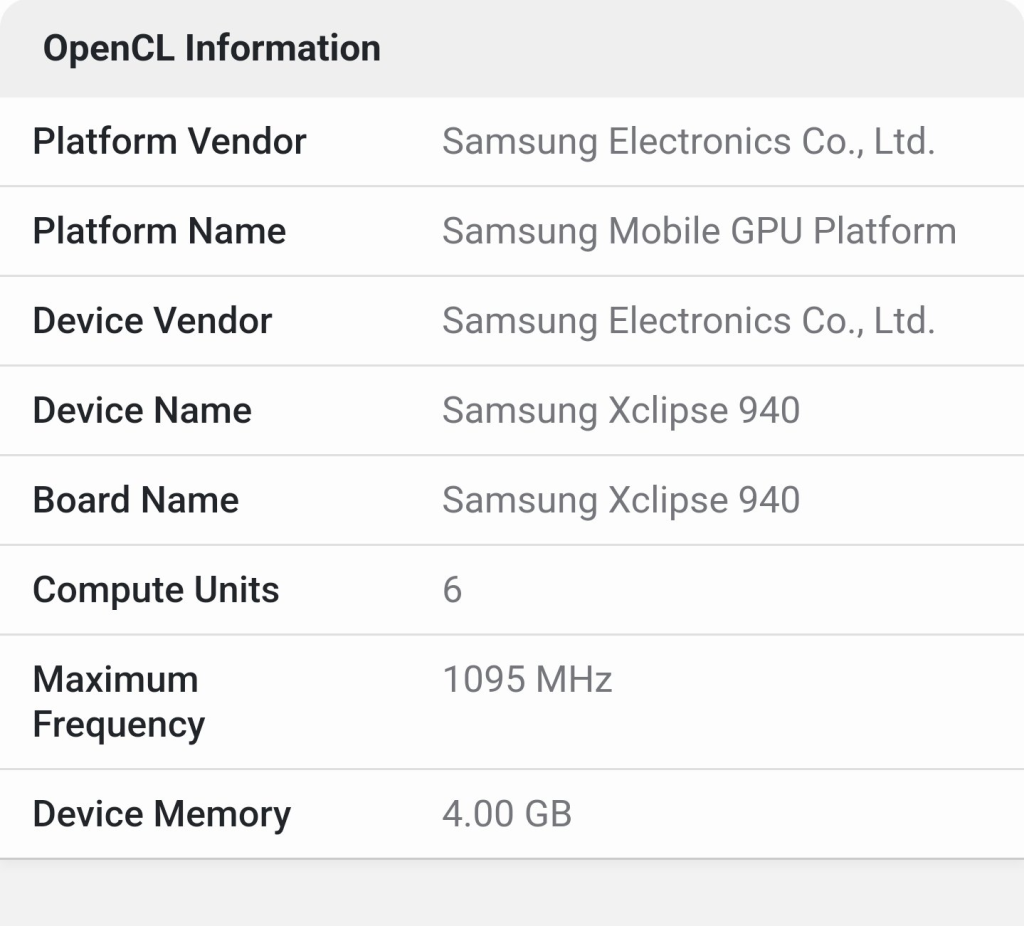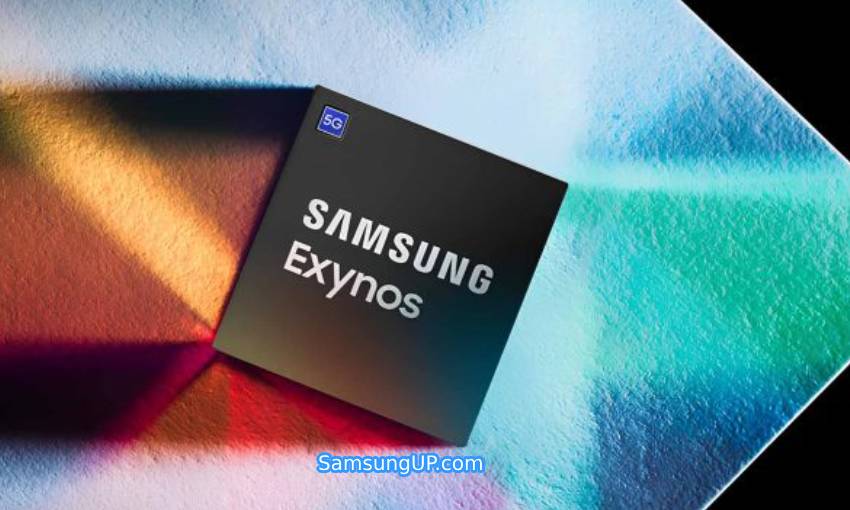In a recent leak, the Exynos 2400 powerful GPU, the Xclipse 940, has taken the spotlight with significant improvements over its predecessor, the Xclipse 920. The collaboration with AMD, leveraging the RDNA3 architecture, has brought notable enhancements, especially in clock speeds. The Xclipse 940 boasts clock speeds of 1095MHz, nearly doubling the 555MHz limitation of the Xclipse 920.
Despite the impressive boost in clock speeds, the compute units remain consistent at six, maintaining parity with the Xclipse 920. The RDNA3 architecture is believed to be the driving force behind the remarkable clock speed increase, promising improved ray tracing performance. Notably, the GPU memory specifications have stayed unchanged, with the Xclipse 940 featuring 4GB of VRAM, a factor that may play a role in mobile gaming performance.
With mobile gaming standards in mind, the 4GB VRAM of the Xclipse 940 is expected to handle the latest titles efficiently, even with ray tracing enabled. However, it’s worth mentioning that competitors, such as the iPhone 15 Pro and iPhone 15 Pro Max, boast 6GB of dedicated video memory, giving them an edge in certain scenarios, as observed in a Resident Evil Village playthrough.

Benchmark results have showcased the Xclipse 940’s prowess, particularly in comparison to the Snapdragon 8 Gen 3’s Adreno 750. Impressively, the Xclipse 940 matched scores in Geekbench 6’s OpenCL test and only exhibited a 10% lag in the Vulkan run. While GPUs often rely on boost clock speeds, the consistent performance displayed in benchmarks raises confidence in the Xclipse 940’s capabilities across various applications.
In a mobile landscape where performance is key, the Xclipse 940’s increased clock speeds position it as a formidable contender. If these numbers translate into real-world performance across a majority of applications, the Exynos 2400 powered devices are expected to excel in handling demanding tasks and high-end gaming experiences.



